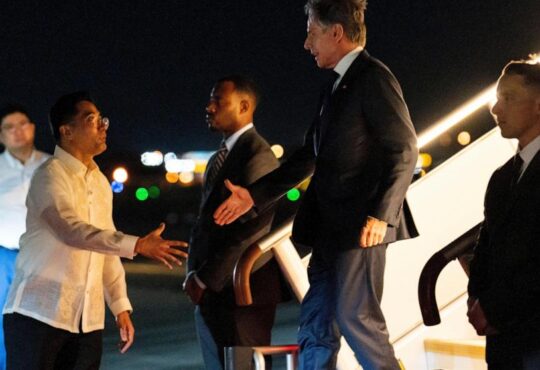
Campaign financing, whether for supporting or opposing a candidate running for public office, can be costly, even more so when the stakes are who will become the next President of the United States. Data from the Federal Election Commission (FEC) collected and analyzed by the nonpartisan research group OpenSecrets shows that for this election cycle, President Joe Biden, potential Democratic nominee Kamala Harris and former President Donald Trump have collected roughly $781 million from a variety of partisan interest groups up until June 30, 2024. Not included: the reported $100 million in funds the Harris campaign raised in just over a day after Biden dropped out of the race.
While there are bipartisan groups that support more than just one candidate, the Statista chart shows only contributions made by organizations or individuals directly supporting either Harris’s or Trump’s election bid. At first glance, it is already apparent that the Trump campaign relies on the funds of so-called super PACs. The prefix super stems from the fact that donations to these committees are not as tightly regulated and can exceed the donor limit of $5,000 per year.
While, in theory, super PACs are independent and their expenditures “not made in cooperation, consultation or concert with, or at the request or suggestion of, any candidate, or his or her authorized committees or agents, or a political party committee or its agents”, the reality is often different. For example, Make America Great Again Inc spent almost $100 million of its roughly $200 million raised in support of Donald Trump and opposition of his competitors in the Republican primary and incumbent President Joe Biden. The largest donor with $75 million is Thomas Mellon, heir to one of the richest families in the U.S.
The Biden-Harris campaign, on the other hand, saw the most money raised outside of the official campaign committee come from so-called carey committees. These committees are a mixture of a super PAC and a regular PAC. They hold two accounts, one for unlimited donations and spending and another that adheres to the strict aforementioned caps. Around $148 million out of the $152 million coming from carey committees was raised by Future Forward USA and The Lincoln Project. The former received donations by, for example, a variety of unions and Silicon Valley venture capitalist company Greylock Partners. It has also been accused of receiving large amounts of secret donations towards the end of the 2020 presidential election. The considerably smaller Lincoln Project’s donors include donors like the University of California, Bank of America, Google parent company Alphabet and AT&T. The largest donors, however, are the designer outlet mall company McArthurGlen and Silicon Valley’s Sequoia Capital, the latter of which has also given money to the Trump campaign.
Ever since President Biden announced he would stop campaigning for reelection and endorsed Vice President Kamala Harris as the new Democratic candidate, Republicans have questioned whether Harris could utilize the hundreds of millions of U.S. dollars from the war chest of the Biden reelection campaign. According to many experts, among them the director of the progressive nonprofit Brennan Center for Justice’s Elections & Government Program Daniel I. Weiner and Nicholas Stephanopoulos, Kirkland & Ellis Professor of Law at Harvard, Harris is cleared to use the funds since she ran on a combined ticket with Joe Biden.
However, a current President stepping down from his reelection bid and passing the torch to his Vice President has no precedent in U.S. history, so it’s more a question of established practice than a clear legal ruling. According to Stephanopoulos, the FEC is still dealing with official complaints connected to the 2016 election, so there is virtually no chance that any decision barring Harris from utilizing the Biden campaign funds will be made before the election in November.






